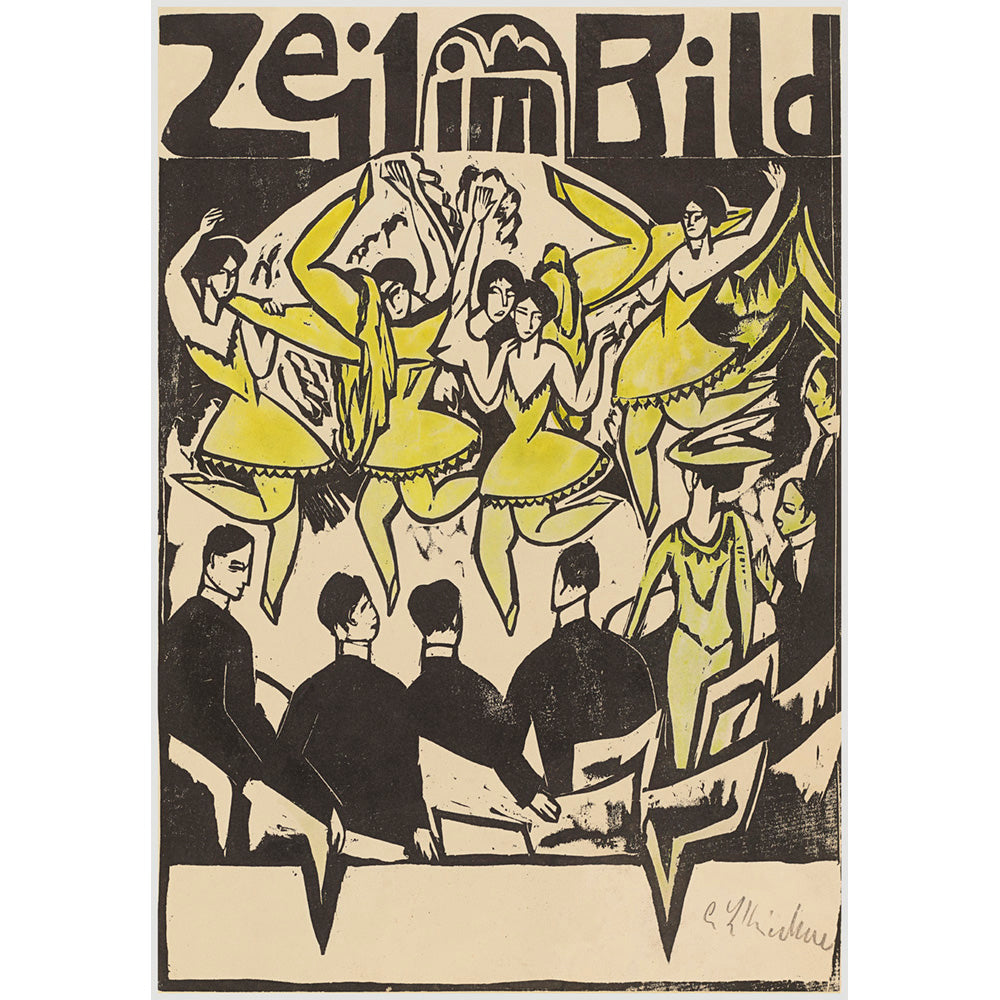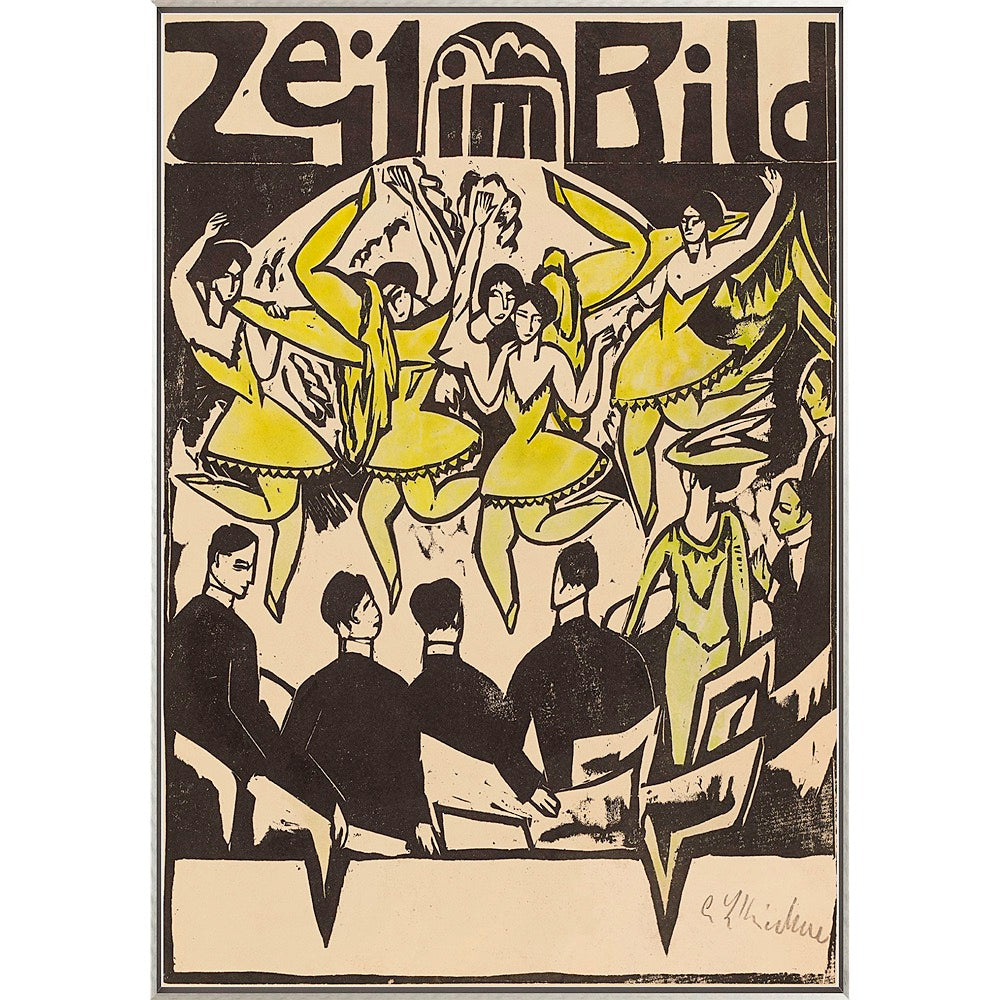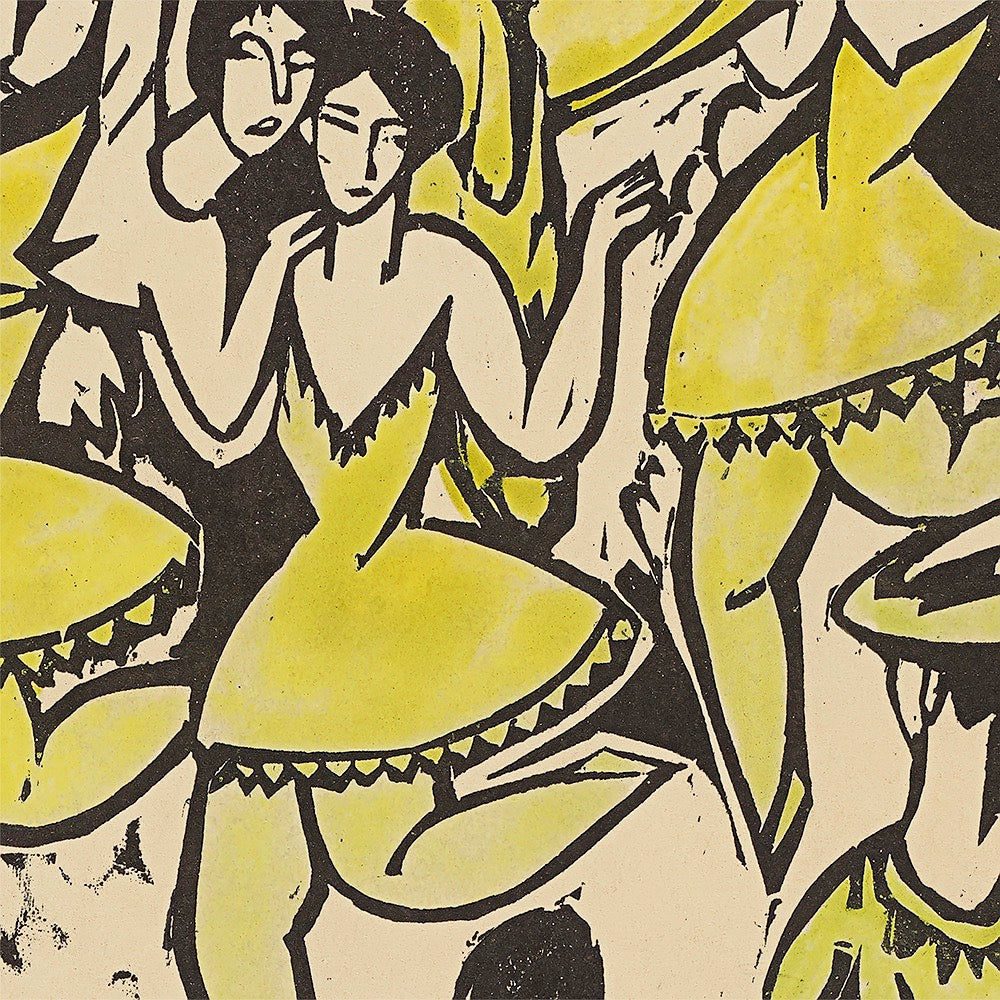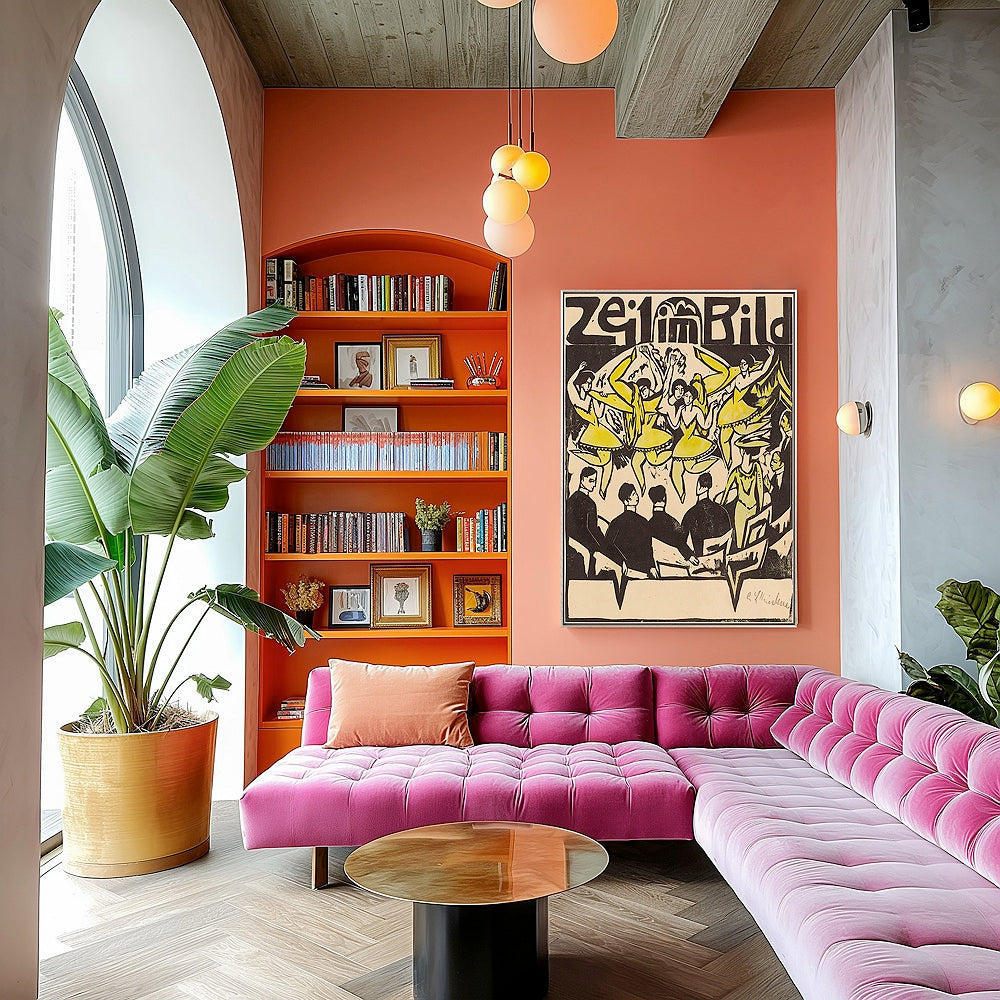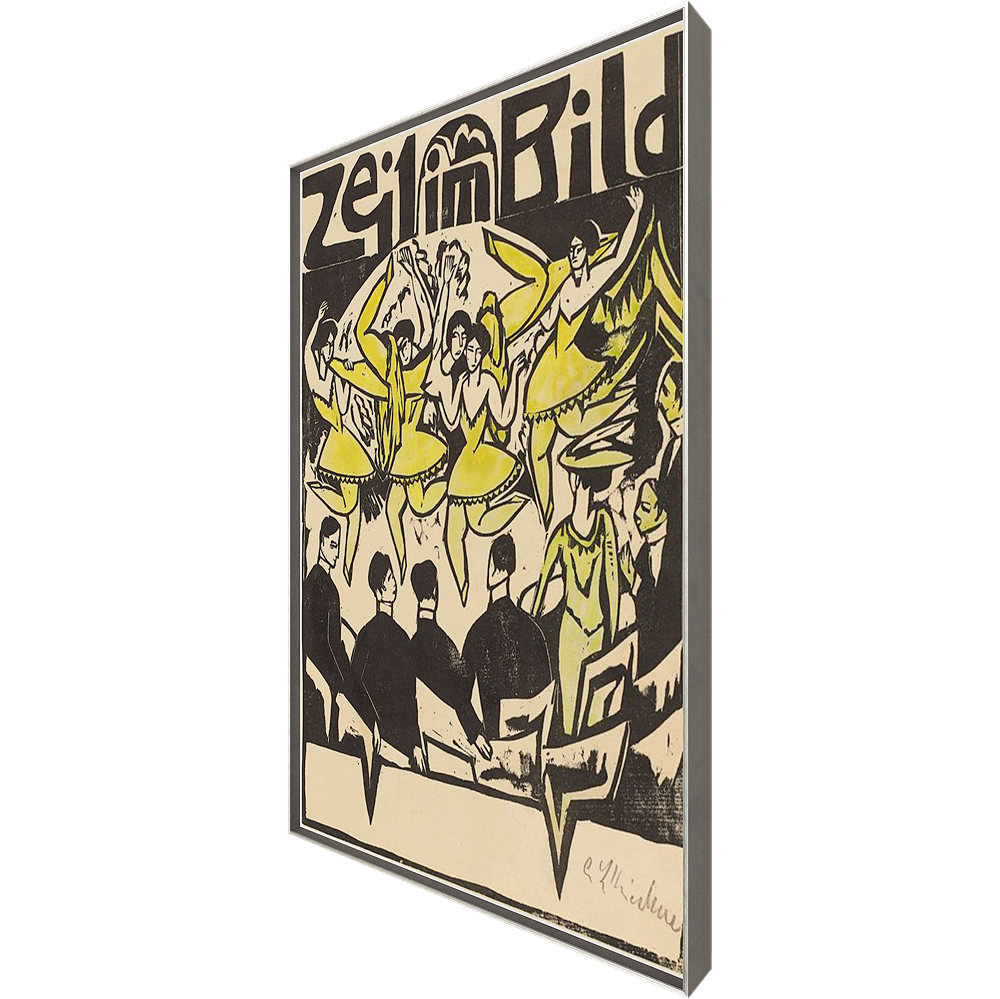LUXE EDITION
Ice Dancers
Ice Dancers
Couldn't load pickup availability
Shipping & Return Policy
Shipping & Return Policy
Print delivery: 5–11 days
Framed prints and decor: 2-3 weeks
Returns within 2 weeks
See policies in the footer
Luxe vs. Classic Prints
Luxe vs. Classic Prints
Luxe Prints – Premium prints on a variety of high-end fine art paper options and frames for a sophisticated presentation. Some fit standard frames, while others maintain non-standard historical proportions.
Classic Prints – Affordable, high-quality prints with a smoother finish for sharp detail designed to fit off-the-shelf frames. Classic prints have the word 'classic' above the title and a letter which shows the sizes that the print comes in. Size A– 4x6", 12x18", 16x24", 20x30" B– 6x8", 9x12", 12x16", 18x24", 24x30" C– 8x10", 16x20"
Understanding Our Print Sizes
Understanding Our Print Sizes
Historical prints vary in proportion based on their original format. Whenever possible, we match them to the closest standard size, using common print ratios like 2:3 (e.g., 8x12) or 3:4 (e.g., 9x12). However, resizing some prints can distort the artwork's integrity, so we can only offer them in their original proportions. Additionally, we use different printers for our product lines, and not all sizes are available with every printer.
Dancers at the Ice Palace is a vivid and dynamic painting by Kirchner that epitomizes the German Expressionist movement. The work captures a lively scene at a popular entertainment venue with dancers depicted in bold, exaggerated movements, arranged dynamically across the canvas to convey motion and excitement. The use of vivid yellows contrasting with black heightens the emotional impact, while the loose and expressive lines conveys spontaneity. The elongated and distorted figures, a hallmark of Kirchner's style, emphasize the emotional and psychological intensity of the scene, reflecting both the exuberant and hedonistic spirit of the era as well as an underlying tension and unease.
Why We Picked It
The figures are dynamic, bold and exaggerated drawing the viewer into the motion and excitement. The dynamic composition and bold color palette capture the essence of modern urban life and make it a compelling piece.
The piece was created during a period of significant change and experimentation in the art world. As an Expressionist, Kirchner aimed to break away from traditional artistic conventions and explore new ways of depicting the human experience. This painting is a prime example of his ability to capture the energy and dynamism of contemporary urban life while also delving into deeper emotional and psychological layers.
About the Artist
Ernst Ludwig Kirchner was a pioneering German Expressionist painter and co-founder of the Die Brücke movement, known for his vivid, emotive depictions of urban life and psychological depth.
Kirchner's work was influenced by non-Western art, modernity, and his own personal experiences. His fascination with urban life, particularly Berlin's nightlife, and his exposure to African and Oceanic art also shaped his vivid, dynamic style. Personal experiences, including the trauma of World War I, further infused his work with psychological depth and expressive power.
Notable Context
Die Brücke (The Bridge), founded in 1905 in Dresden by Ernst Ludwig Kirchner, Fritz Bleyl, Erich Heckel, and Karl Schmidt-Rottluff, emerged in the context of early 20th-century German society, which was experiencing rapid industrialization and cultural shifts. The group of young artists, originally architecture students, formed Die Brücke to break away from the conservative, academic art traditions of the time. They sought to create a new, more expressive form of art that conveyed raw emotion and explored deeper, often unsettling human experiences.
Their name, Die Brücke, symbolized their aim to bridge past and future art forms. Influenced by the bold colors and flat forms of Post-Impressionists like Vincent van Gogh and the emotional intensity of Edvard Munch, the group's art challenged both aesthetic and social conventions. They rejected the polished techniques of academic art, favoring instead a raw, almost primal style characterized by jagged lines, exaggerated figures, and vibrant colors.
Die Brücke emerged during the rise of German Expressionism, a movement shaped by the anxieties and tensions of a rapidly modernizing world. As the German Empire industrialized, urban life became increasingly alienating, and the group sought to respond to these changes with art that was more direct, emotionally intense, and connected to a deeper, primal human experience. Their work also reflected a growing disillusionment with bourgeois values and a desire for more authentic, unmediated experiences.
Die Brücke's art was influenced by non-Western art forms, particularly African and Oceanic masks and sculptures, which they saw as more authentic and spiritually rich. Their fascination with these forms was part of a broader European trend known as "Primitivism," where artists looked to so-called "primitive" cultures for inspiration to challenge Western art's formalism and rationalism.
The group's activities played a key role in shaping modern art in the early 20th century. Their bold use of color, dynamic compositions, and emphasis on subjective experience paved the way for later avant-garde movements and had a lasting influence on the trajectory of Expressionism.
Framed Prints Approx. Sizing
20"x29"
silver metal frame Art 20x28.625 Interior 20x28.625 Exterior 20.125x28.75
